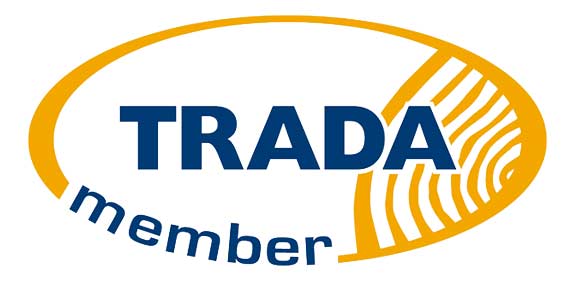BLOG: GATEWAY 2 – How the UK Government’s safety rules are delaying cladding remediation and creating costly bottleneck.s.
The UK government’s Gateway 2 initiative, introduced under the Building Safety Act 2022, aims to enhance safety standards for high-risk buildings by implementing rigorous checks before construction begins. While well-intentioned, this initiative has inadvertently led to significant delays in cladding remediation projects, creating bottlenecks that hinder progress and put further strain on the property sector.
Understanding Gateway 2
Gateway 2 serves as a critical checkpoint in the building control process for high-risk buildings in England, specifically those over 18 meters tall. Before construction can commence, developers must submit comprehensive plans to the Building Safety Regulator (BSR), demonstrating compliance with stringent safety regulations. This process is designed to ensure that all safety considerations are addressed during the design phase, preventing future hazards.
The Bottleneck Effect
Since its implementation on 1 October 2023, Gateway 2 has faced challenges that have led to delays in the approval process:
Low Approval Rates: Between October 2023 and September 2024, the Building Safety Regulator (BSR) received 1,018 Gateway 2 applications for higher-risk buildings (HRBs). Of these, only 146 were approved as compliant, allowing construction to commence. This means that only approximately 14% of applications were approved during this period.
The BSR has acknowledged challenges in processing applications, attributing delays to factors such as an unexpected increase in applications and a high number of incomplete or unclear submissions
Extended Processing Times: The BSR initially aimed to process applications within 12 weeks for new high-risk buildings. However, reports indicate that processing times have extended to 28 weeks due to an unexpected influx of applications and the submission of poor-quality documentation.
Impact on Cladding Remediation
The delays associated with Gateway 2 have had a pronounced impact on cladding remediation efforts:
Stalled Remediation Projects: Developers are unable to commence necessary remediation work without Gateway 2 approval. As a result, many projects aimed at replacing dangerous cladding materials are on hold, leaving residents in potentially unsafe conditions.
Financial Strain on Residents: The prolonged timelines for remediation increase costs for residents, including heightened insurance premiums and service charges. Additionally, properties in buildings awaiting remediation often face decreased market value, limiting owners’ ability to sell or refinance.
Exacerbation of the Housing Crisis: The bottleneck in the approval process contributes to a slowdown in the delivery of new homes, particularly in urban areas where high-density developments are essential. This stagnation further intensifies the existing housing shortage in the UK.
Calls for Reform
Industry experts and stakeholders have highlighted the need for reforms to address these challenges:
Streamlining the Approval Process: There is a call for the BSR to engage in pre-application technical discussions with developers to clarify requirements and reduce the incidence of incomplete or non-compliant submissions.
Enhancing Regulatory Capacity: To manage the volume of applications more effectively, increasing the resources and staffing of the BSR is essential. This enhancement would help reduce processing times and alleviate the current backlog.
Balancing Safety and Efficiency: While safety remains paramount, there is a pressing need to balance rigorous safety checks with efficient approval processes to prevent undue delays in essential remediation work.
Conclusion
The Gateway 2 initiative underscores the UK’s commitment to building safety. However, the unintended consequences of its current implementation have led to significant delays in cladding remediation projects, adversely affecting residents and the broader housing market. Addressing these bottlenecks through process improvements and increased regulatory support is crucial to advancing remediation efforts and ensuring the safety and well-being of all residents.












